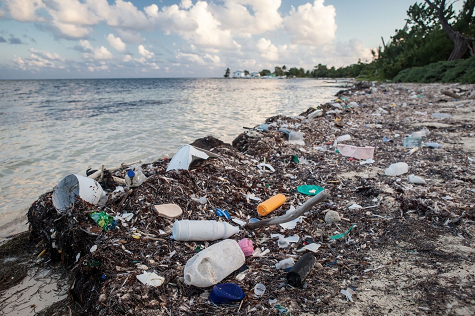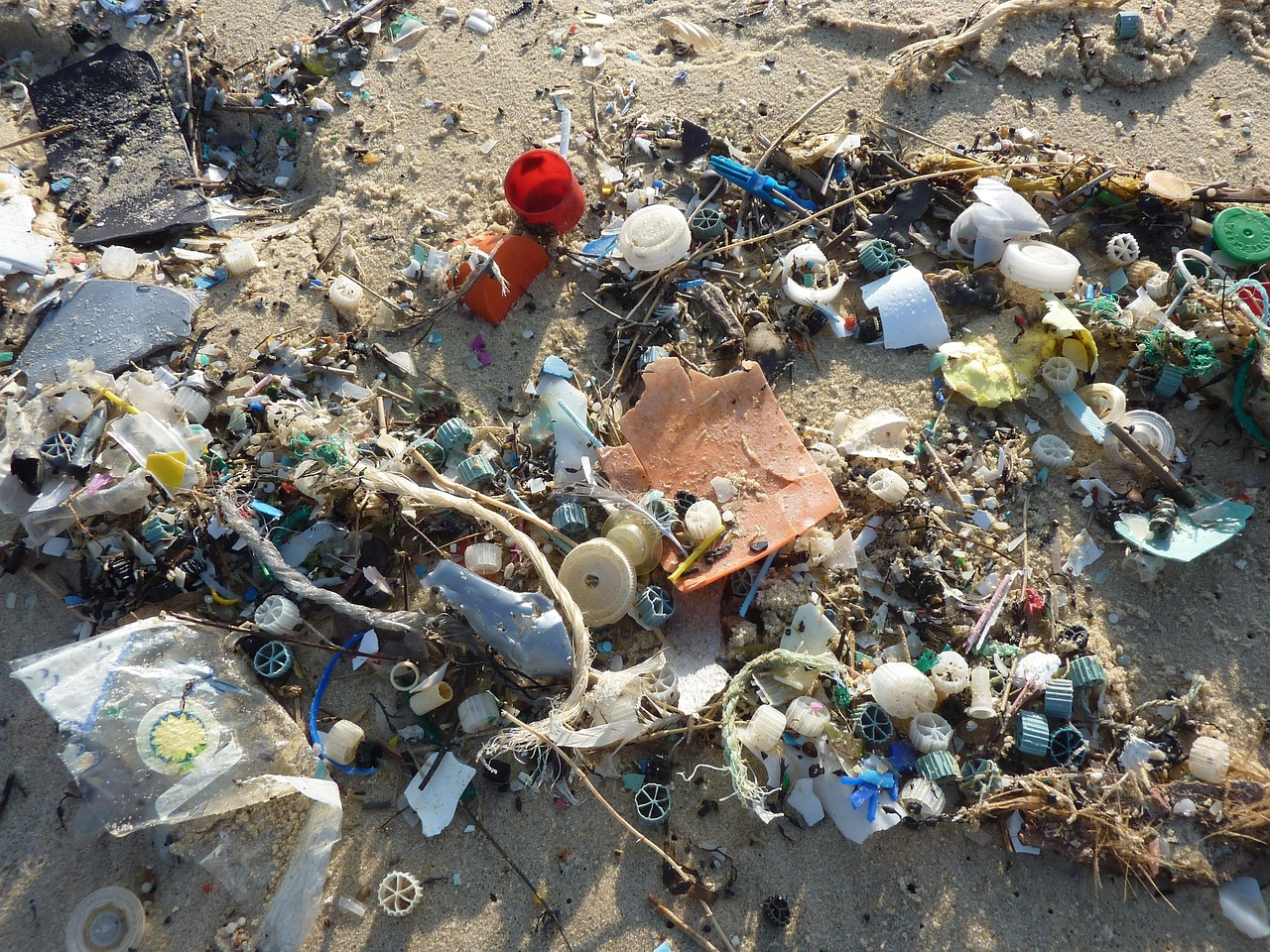Unit 17: Marine Pollution
Unit 17: Marine Pollution

Unit 17: Marine Pollution

Unit 17: Marine Pollution
Unit Focus
This unit provides students with an overview of the impact of sewage pollution, toxic chemicals, and solid wastes on the marine environment. Students will also have a better understanding of the importance of clean waters to marine organisms.
Marine pollution occurs when harmful, or potentially harmful, effects result from the entry into the ocean of chemicals, particles, industrial, agricultural, and residential waste, noise, or the spread of invasive organisms. Eighty percent of marine pollution comes from land. Air pollution is also a contributing factor by carrying off pesticides or dirt into the ocean. Land and air pollution have proven to be harmful to marine life and its habitats.
The pollution often comes from nonpoint sources such as agricultural runoff, wind-blown debris, and dust. Nutrient pollution, a form of water pollution, refers to contamination by excessive inputs of nutrients. It is a primary cause of eutrophication of surface waters, in which excess nutrients, usually nitrates or phosphates, stimulate algae growth. Many potentially toxic chemicals adhere to tiny particles which are then taken up by plankton and benthic animals, most of which are either deposit feeders or filter feeders. In this way, the toxins are concentrated upward within ocean food chains. Many particles combine chemically in a manner highly depletive of oxygen, causing estuaries to become anoxic.
Student Goals
- Identify types of marine pollution.
- Explain the difference between point-source and nonpoint-source pollutants.
- Describe the effects of pollution on the marine environment and how this impacts humans.
- Describe efforts to cut down on marine pollution.
Vocabulary
Lesson Reading

